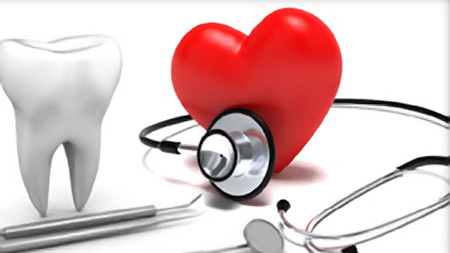
Wisdom teeth, often called third molars, are the teeth at the very back of your mouth that grow at around the age of 18 to 25. They commonly cause problems as our jaws are smaller than they were hundreds of years ago and often there is not enough space in our mouth to accommodate them. They have become useless just as our appendix has and often need to be removed if they develop problems.
What Are Impacted Wisdom Teeth?

Impacted wisdom teeth are third molar teeth that do not fully come through the gum into their correct position in the mouth. This may be because the tooth is growing sideways and hitting the tooth in front or because there is not enough space for it to come through.
Wisdom Teeth Pain

Pain from wisdom teeth can vary from just a mild discomfort to a severe infection. The pain is caused as the teeth are coming through the gums which can take a number of months, like when a baby is teething. When the wisdom teeth are only part way through the gum this can trap food and bacteria making the area very difficult to clean causing inflammation and pain. Your dentist can clean the area for you and prescribe antibiotics and a mouthwash for you to use. However, if the problem is recurrent you may need to have your wisdom teeth removed. As your wisdom teeth are coming through you may also experience pain when opening your mouth which is an indication you need to have them removed. Being so far back in your mouth it is very hard to clean your wisdom teeth and keep them healthy which may lead to them developing cavities. It can be difficult for your dentist to place a filling so far back in your mouth, so they may recommend that you get the tooth removed.
Wisdom Teeth Removal

A dentist can remove your wisdom teeth or if they are difficult to extract you will be referred to a specialist called an oral and maxillofacial surgeon. Before you can have them removed you need to have an x-ray so the dentist can see the shape of the roots, the angle of the teeth and whether they are near any facial nerves. You can have the surgery with local anesthetic while you are awake or you have the option to have it done with an oral and maxillofacial surgeon where they will give you a general anesthetic so you are asleep.
Recovery Following Removal Of Wisdom Teeth
Recovery after having your wisdom teeth removed can take up to one week. The length of recovery depends on how difficult the teeth were to remove. There may swelling and discomfort following the extraction which will restrict you to only eating soft food. Ibuprofen can help with the pain and swelling and applying ice packs to your cheeks will also minimize any swelling. You may have the taste of blood in your mouth for a few days after the extraction. If it’s only a small amount which makes your saliva pink it is nothing to worry about, but if it’s more severe then contact your dentist for advice.
For the week after the removal of your wisdom teeth your dentist will ask you to use a mouthwash to keep the area clean and may put you on antibiotics as well. If you had stitches placed during surgery you may need to go back to have them removed. Often they put dissolvable stitches in which fall out naturally. In about 5% of cases people can develop a dry socket, this is more common in lower wisdom teeth. Avoid smoking, drinking and strenuous activities during the recovery period.
Wisdom Teeth Removal Cost
The cost of having your wisdom teeth removed can vary greatly depending on how difficult the extraction is and whether it is with an oral surgeon. Having them removed by a specialist is also significantly more expensive than having them done by your dentist. If you have your wisdom teeth removed with an oral and maxillofacial surgeon there will be additional fees.
A Family Dental Care Center
2030 West Main St.
Jeffersonville, PA 19403








.jpg)
.jpg)






